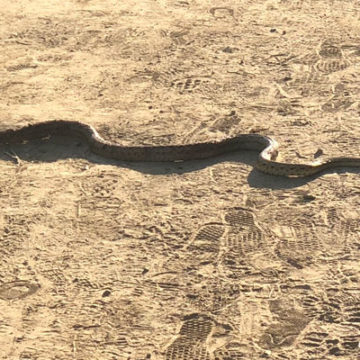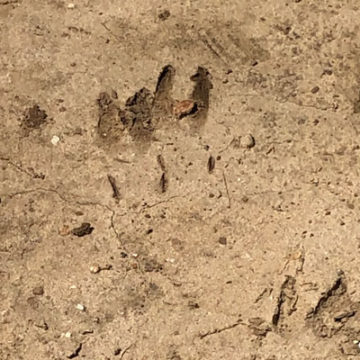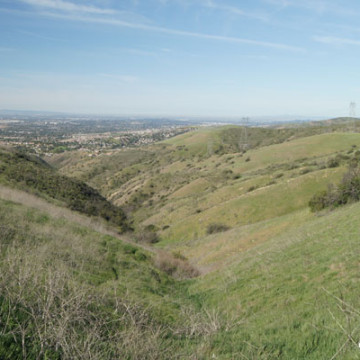Gopher Snake on Trail
Check out what we saw on the trail! A gopher snake. You can see towards the end of the video this snake’s back end had been in water because chunks of dirt had accumulated on the snake’s body. Also, we’ve posted a photo of what a snake “track” looks like. If you see this pattern on the trail, you know a snake was there before you! (Video: A gopher snake wiggles across a dirt trail.)




